 My ligature room in a glass house, 2024
My ligature room in a glass house, 2024Exo Exo, Paris
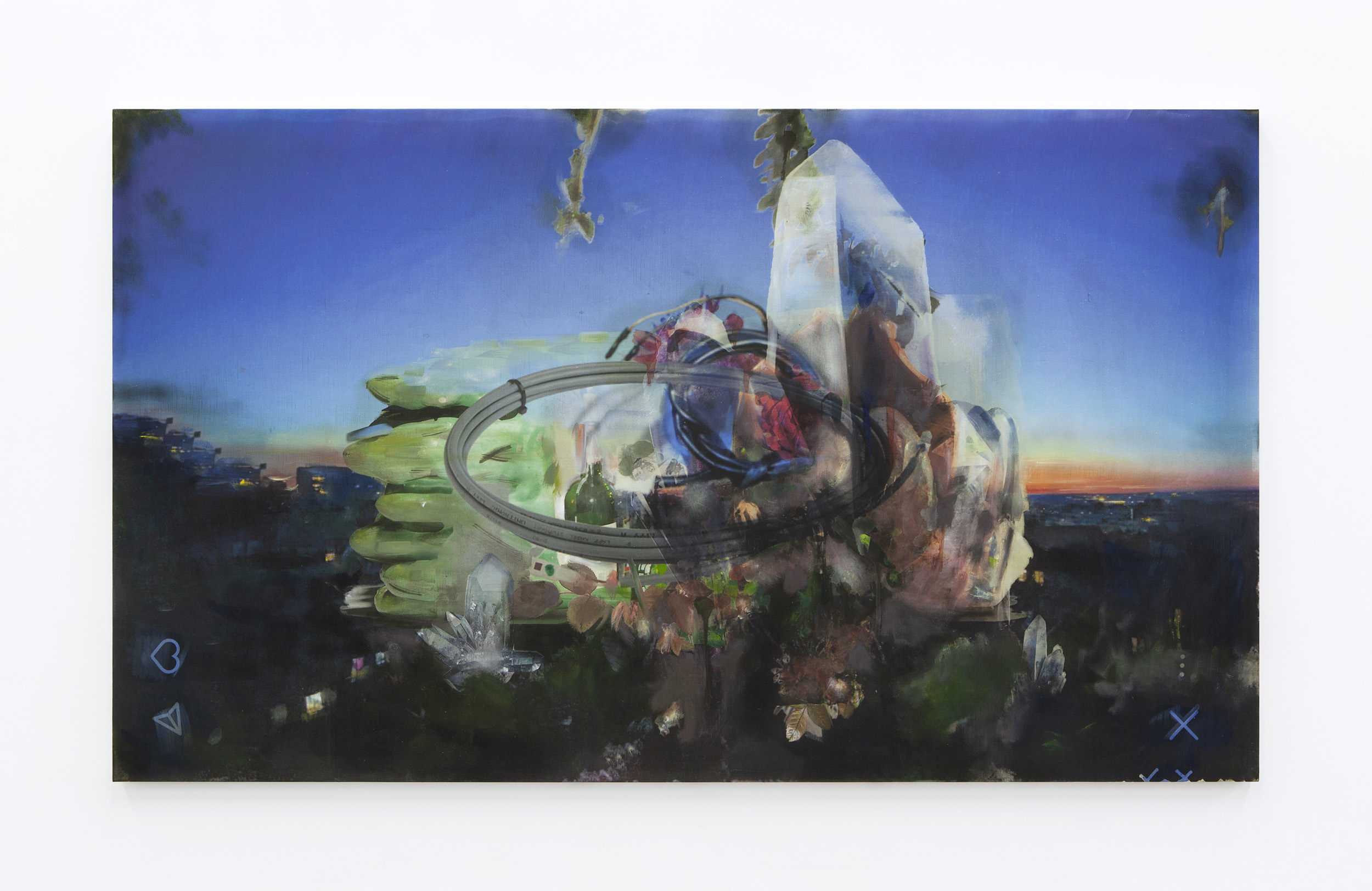 Gaspar Willmann, JUMAP (crystals growing in our very special moments), 2024
Gaspar Willmann, JUMAP (crystals growing in our very special moments), 2024Inkjet print and oil on canvas
110 x 188 cm
Inquire
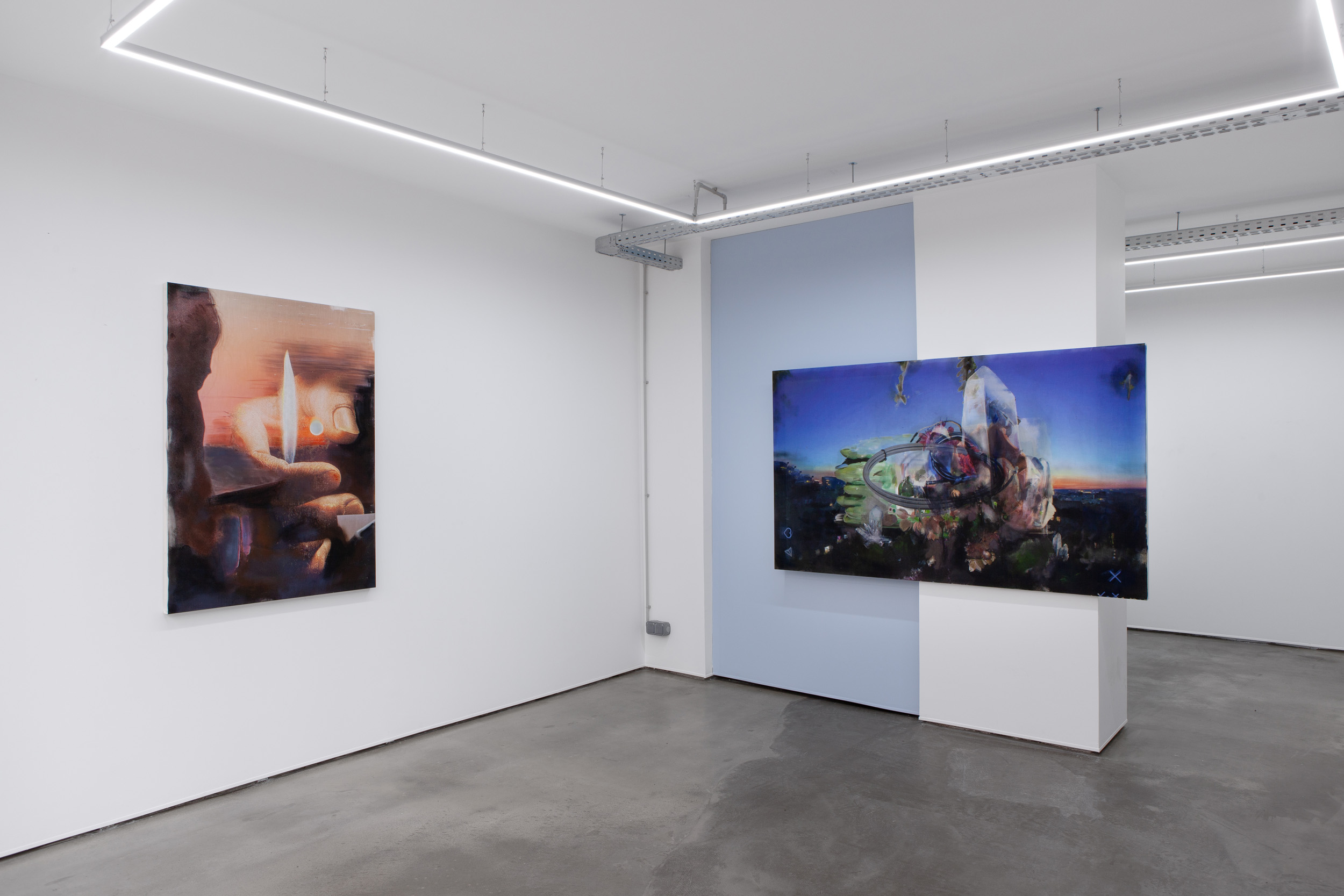 My ligature room in a glass house, 2024
My ligature room in a glass house, 2024Exo Exo, Paris
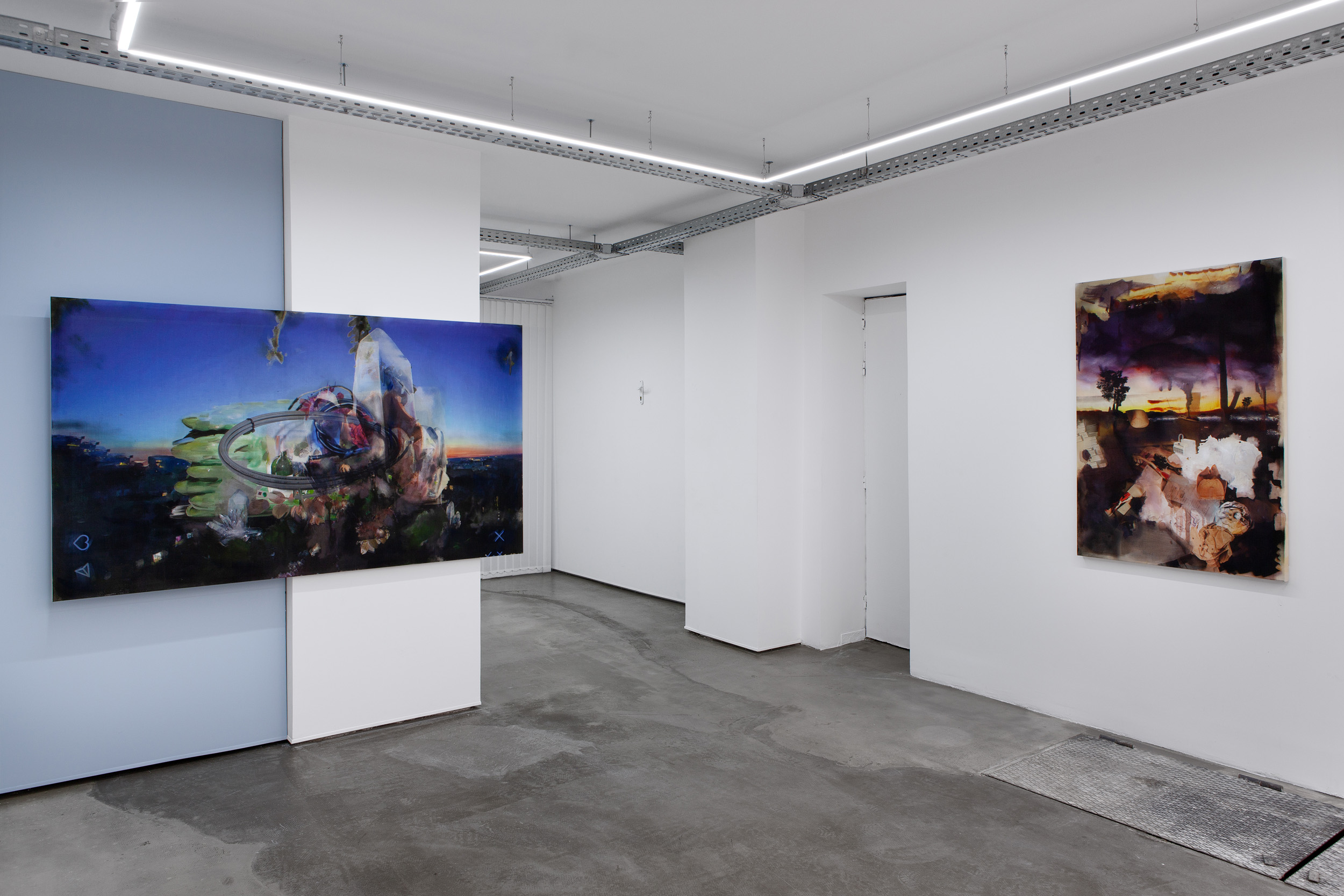 My ligature room in a glass house, 2024
My ligature room in a glass house, 2024Exo Exo, Paris
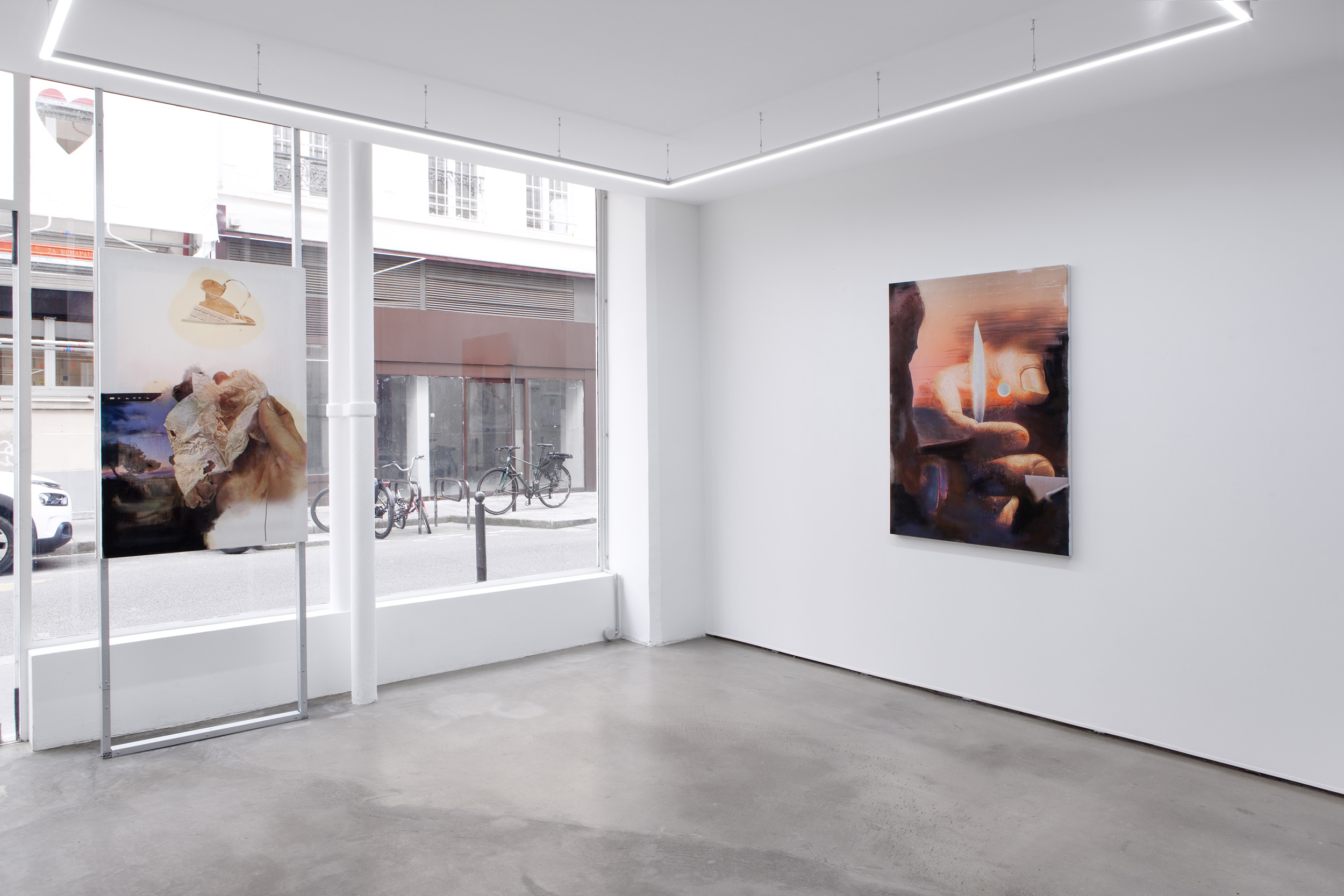 My ligature room in a glass house, 2024
My ligature room in a glass house, 2024Exo Exo, Paris
 My ligature room in a glass house, 2024
My ligature room in a glass house, 2024Exo Exo, Paris
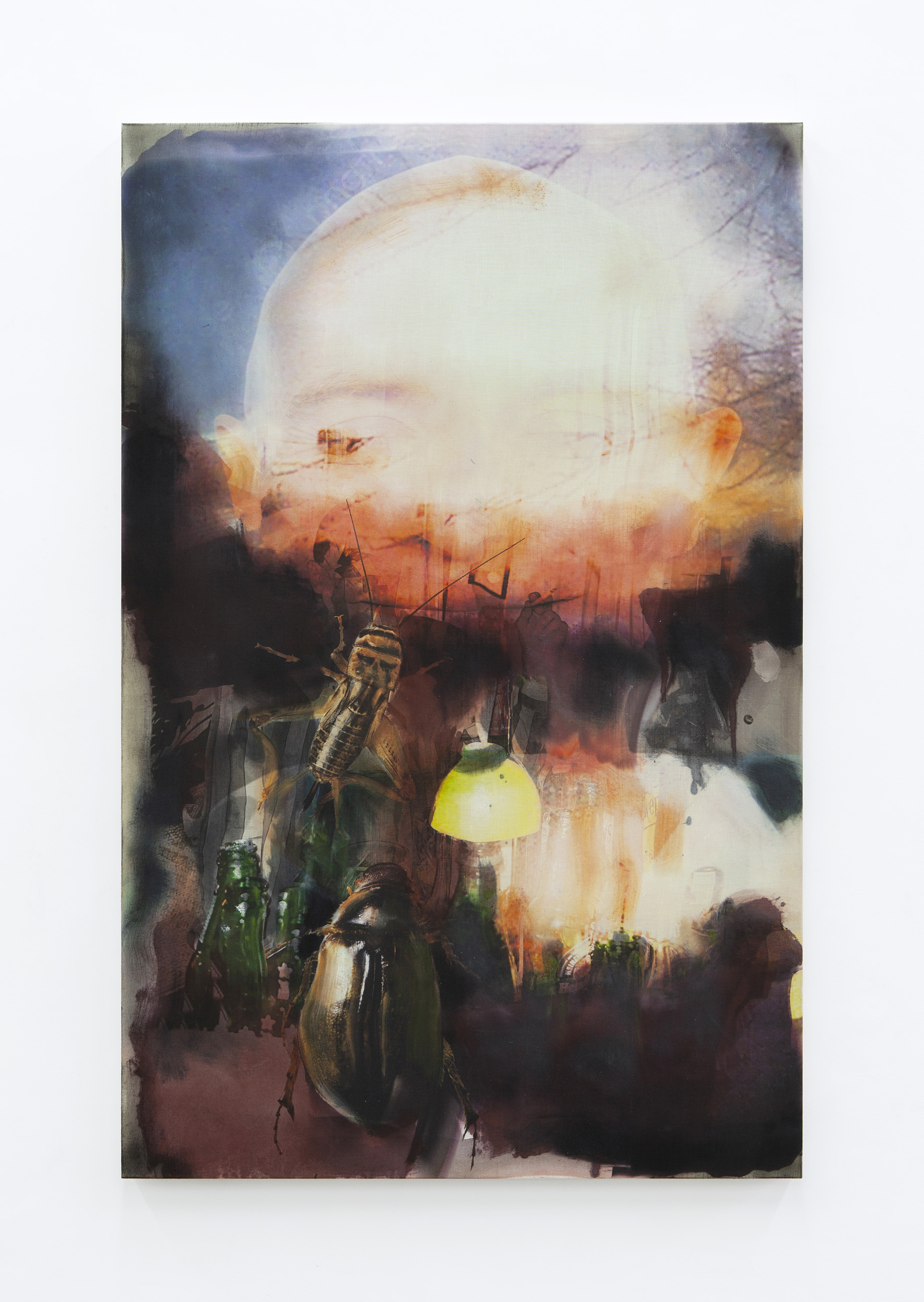 Gaspar Willmann, JUMAP (vous êtes la peste et nous sommes l’antidote), 2024
Gaspar Willmann, JUMAP (vous êtes la peste et nous sommes l’antidote), 2024Inkjet print and oil on canvas
124 x 80 cm
Inquire
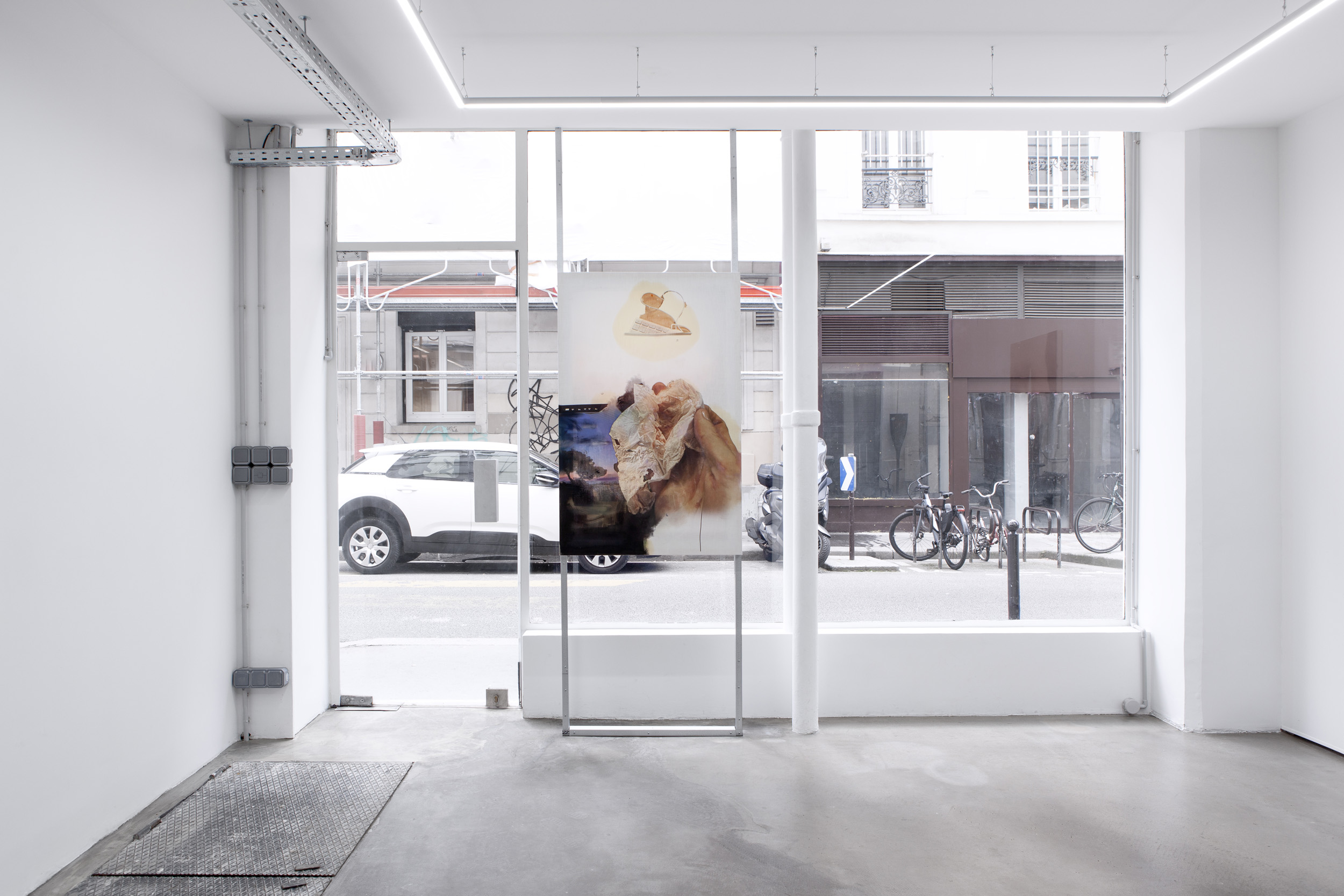 My ligature room in a glass house, 2024
My ligature room in a glass house, 2024Exo Exo, Paris
 Gaspar Willmann, JUMAP (mucus), 2024
Gaspar Willmann, JUMAP (mucus), 2024Inkjet print and oil on canvas
123 x 83 cm
Inquire
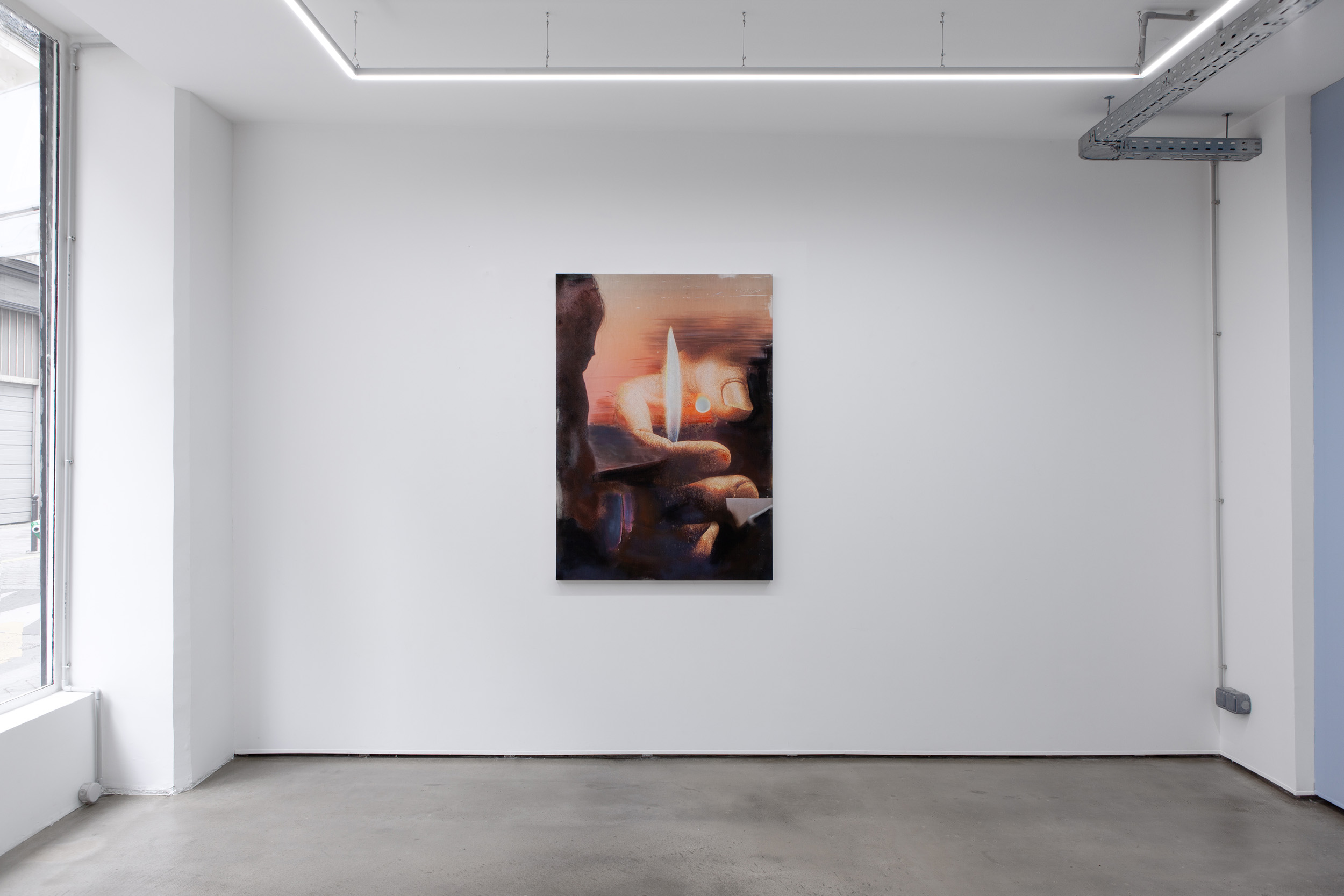 My ligature room in a glass house, 2024
My ligature room in a glass house, 2024Exo Exo, Paris
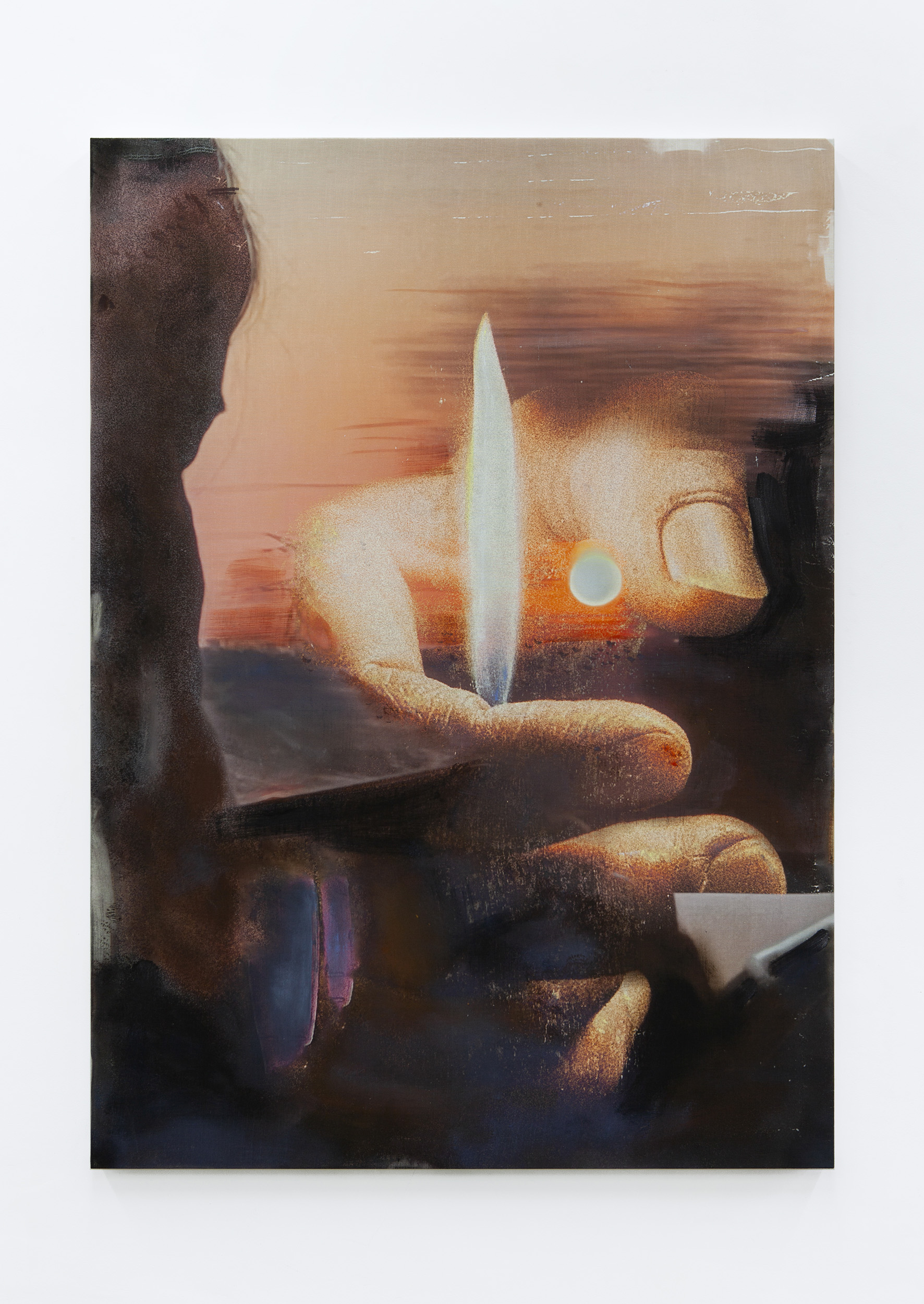 Gaspar Willmann, JUMAP (19:59), 2024
Gaspar Willmann, JUMAP (19:59), 2024Inkjet print and oil on canvas
126 x 91 cm
Inquire
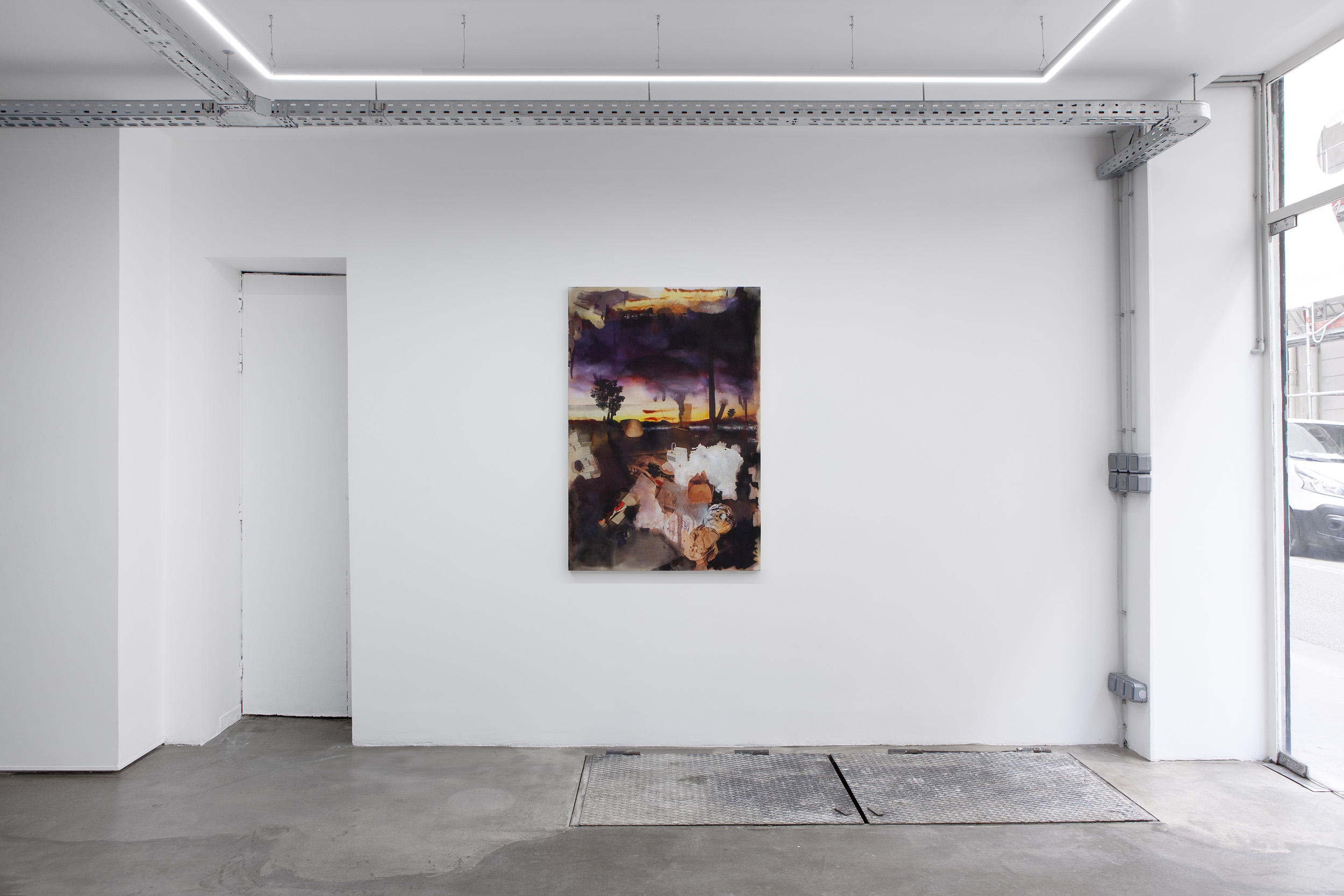 My ligature room in a glass house, 2024
My ligature room in a glass house, 2024Exo Exo, Paris
 Gaspar Willmann, JUMAP (my far far ouest), 2024
Gaspar Willmann, JUMAP (my far far ouest), 2024Inkjet print and oil on canvas
122 x 83 cm
Inquire
 My ligature room in a glass house, 2024
My ligature room in a glass house, 2024Exo Exo, Paris
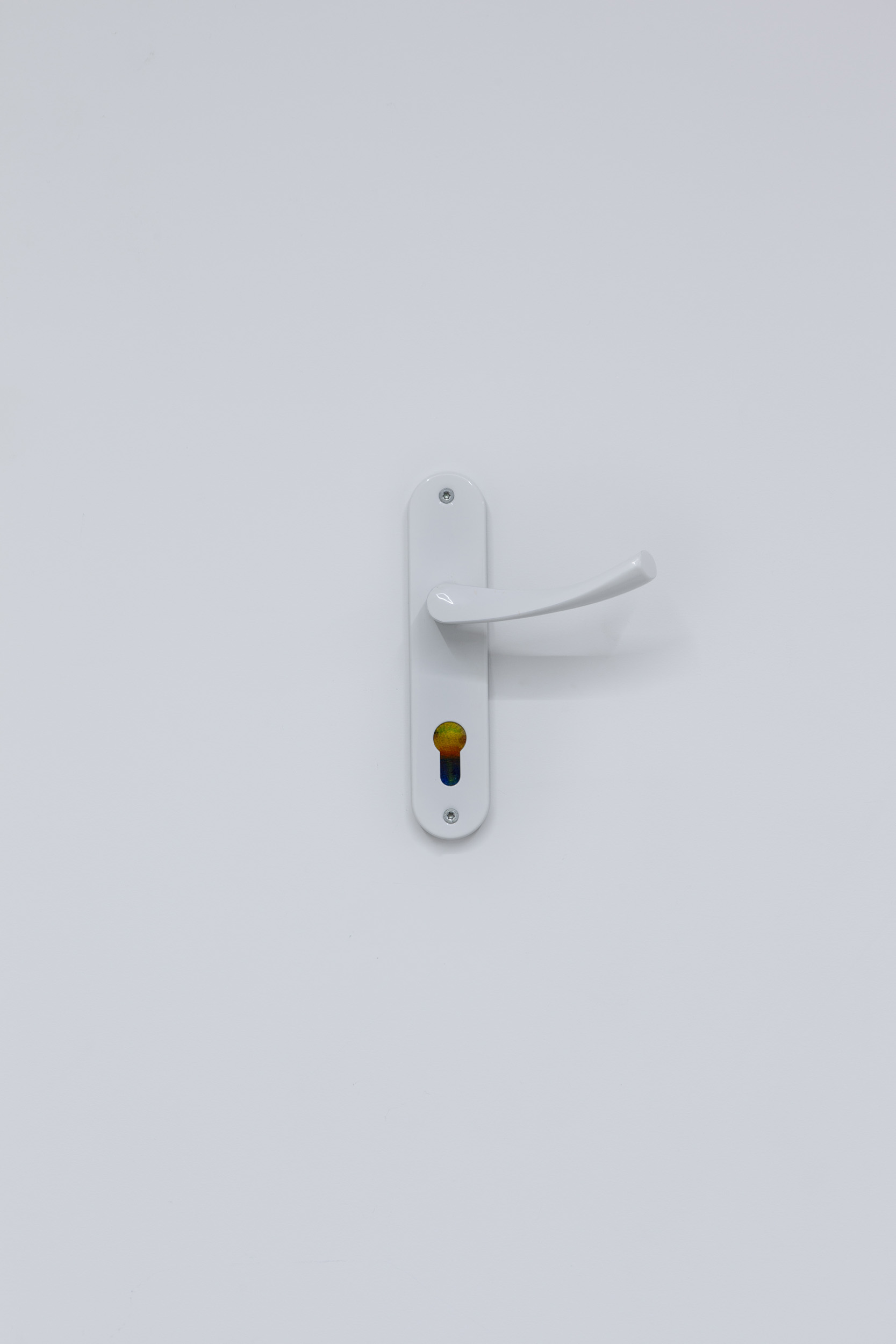 Gaspar Willmann, What life means to me, 2024
Gaspar Willmann, What life means to me, 2024Oil on canvas, door hardware
22 x 15 cm
Inquire
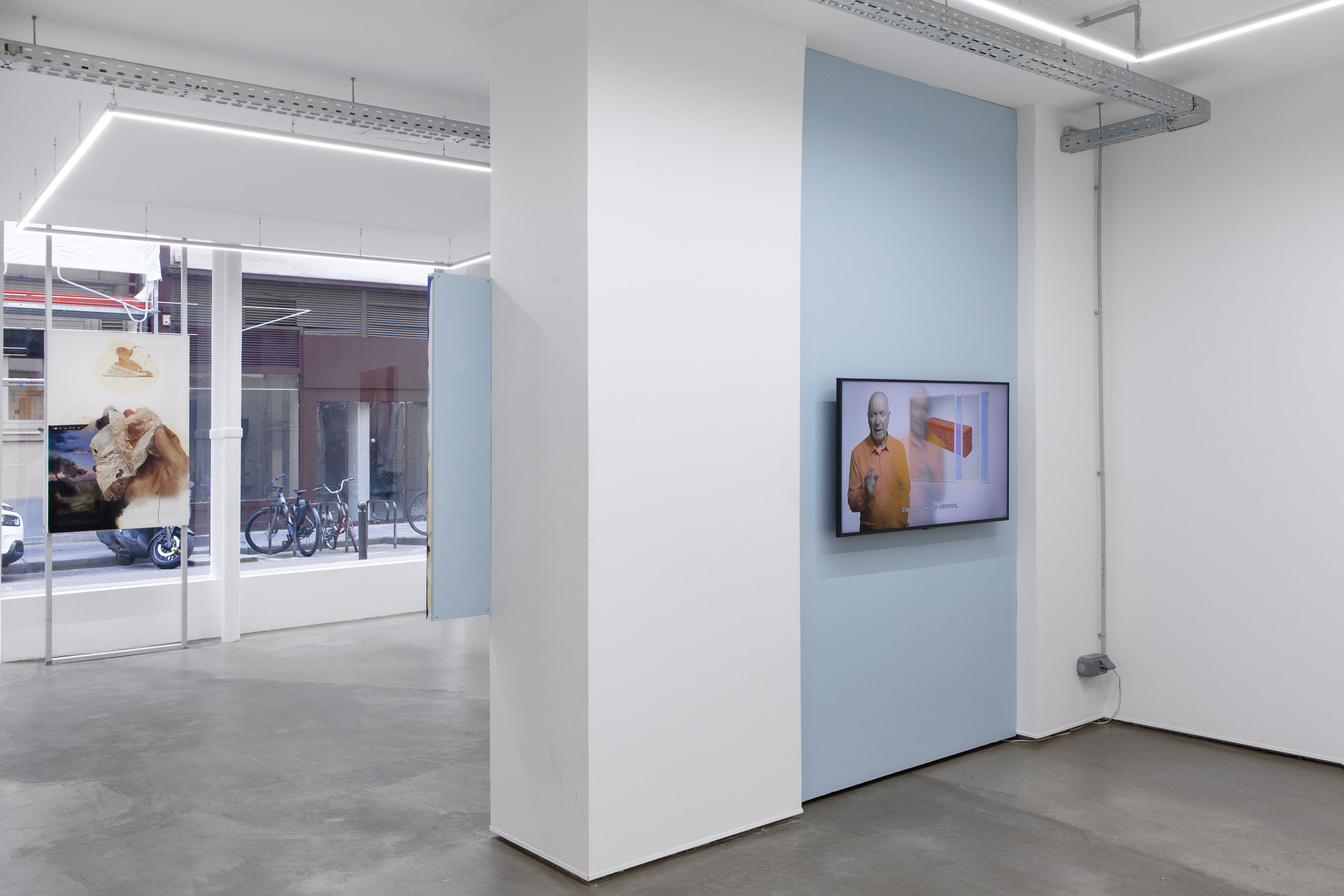 My ligature room in a glass house, 2024
My ligature room in a glass house, 2024Exo Exo, Paris
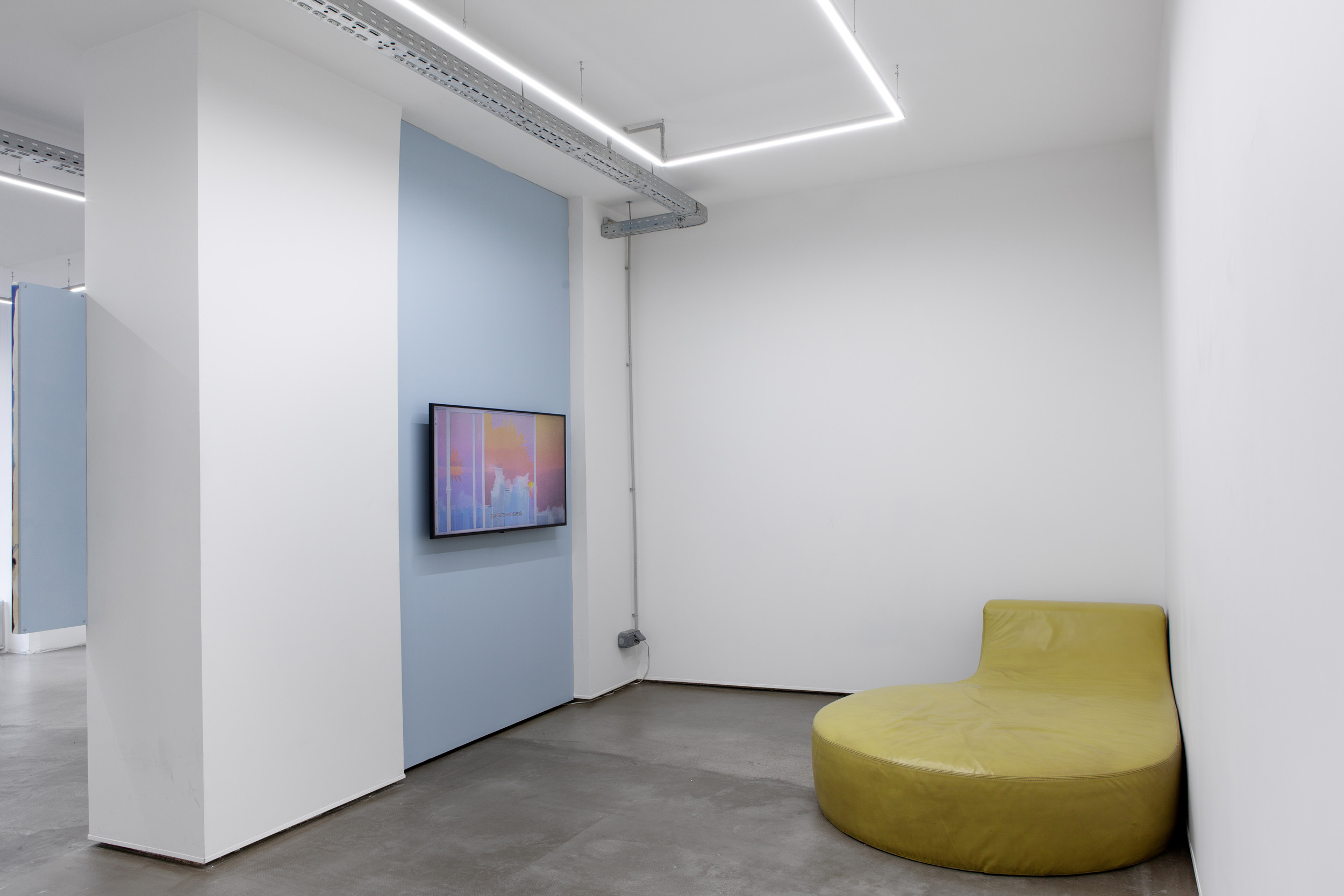 My ligature room in a glass house, 2024
My ligature room in a glass house, 2024Exo Exo, Paris
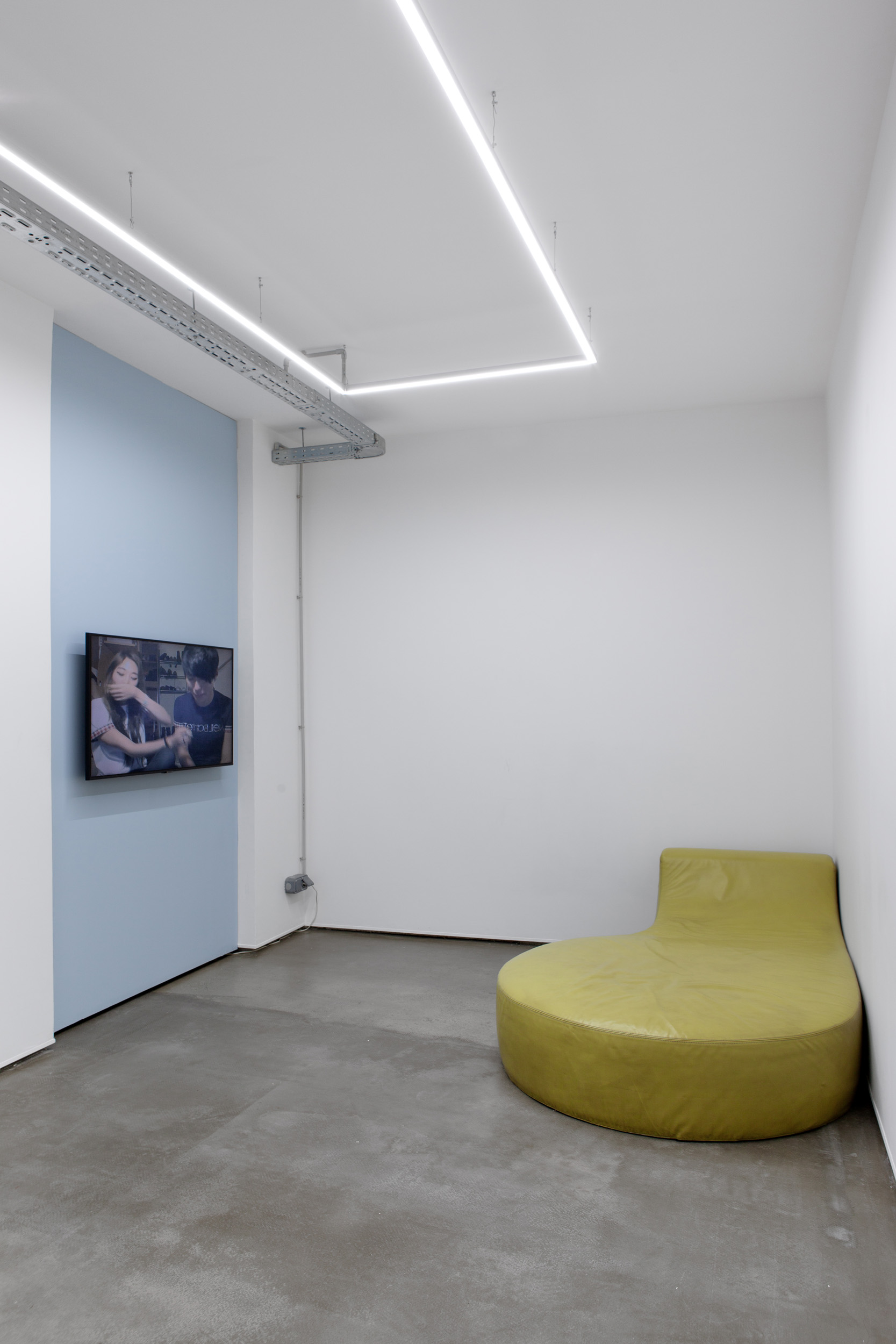 My ligature room in a glass house, 2024
My ligature room in a glass house, 2024Exo Exo, Paris
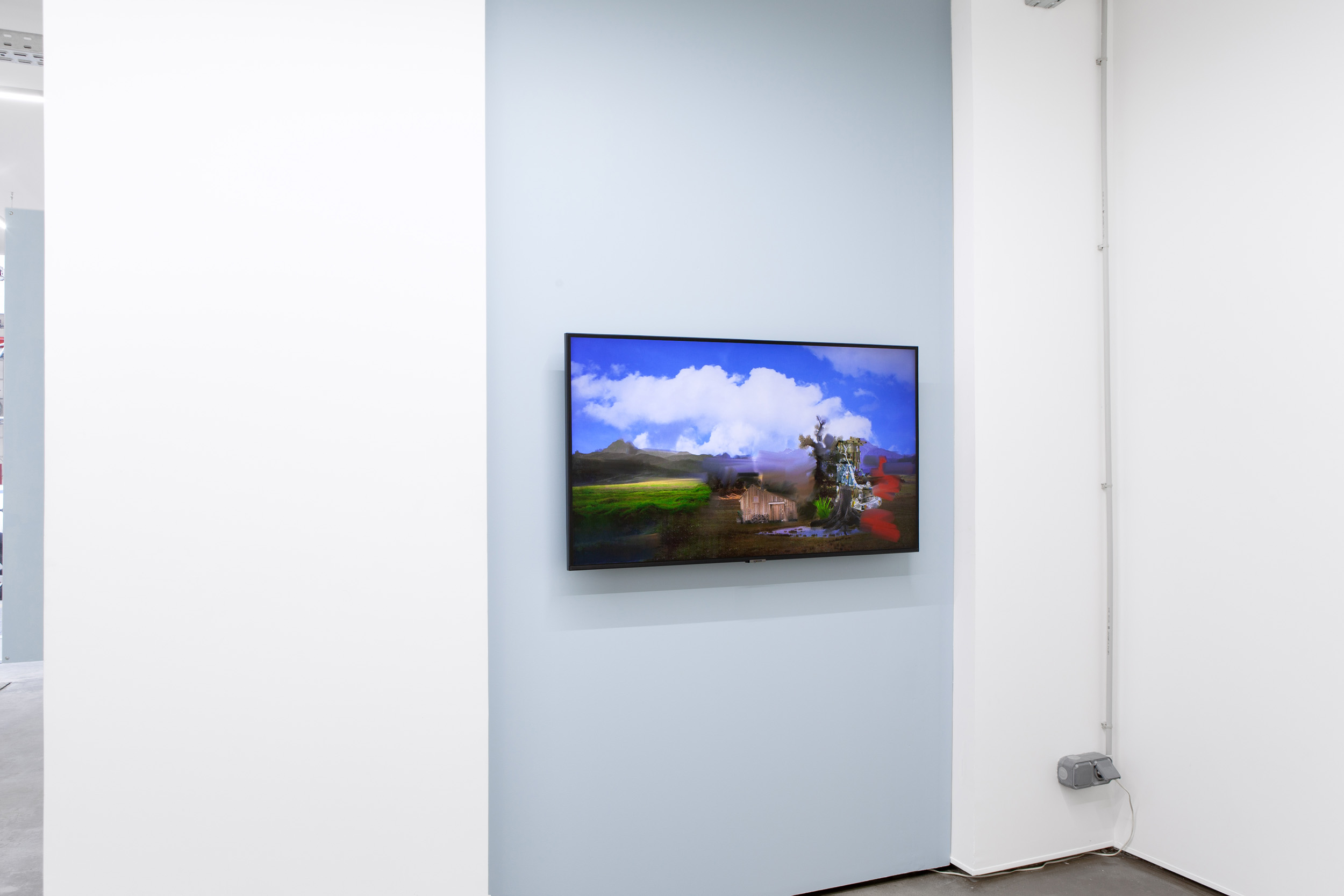 My ligature room in a glass house, 2024
My ligature room in a glass house, 2024Exo Exo, Paris
 Gaspar Willmann, Glass House, 2024
Gaspar Willmann, Glass House, 2024HD video, sound
22' 39''
Edition of 5 + 2 AP
Inquire
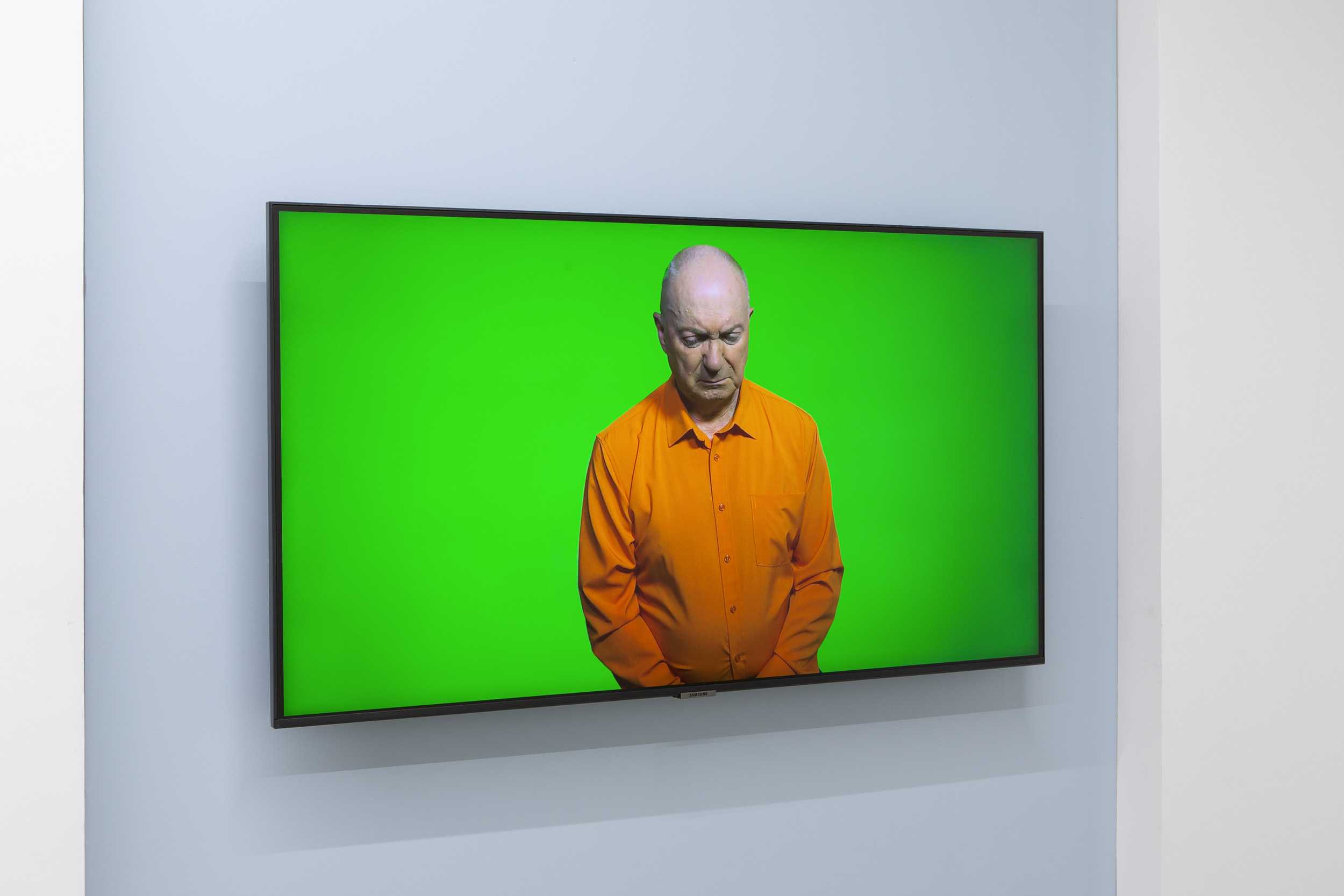 Gaspar Willmann, Glass House, 2024
Gaspar Willmann, Glass House, 2024HD video, sound
22' 39''
Edition of 5 + 2 AP
Inquire
*English below*
FR.
« Chacun, une fois dans sa vie, écrit son mystère; le mien c’est Glass House », note le cinéaste russe Sergueï Eisenstein le 17 novembre 1927, alors qu’il est empêché par la maladie. Celui qui est alors fasciné par les tours de verre érigées en plein Berlin Est par Mies van der Rohe et les architectes de la IIIème internationale se passionne pour ces édifices et leur symbolique. Il imagine un projet qui ne voit pas le jour, mais dont la portée utopiste résonne encore aujourd’hui.
Le spectre d’Eisenstein traverse la vidéo de Gaspar Willmann. Quel mystère s’écrit dans cette boîte de verre, où le régime de la transparence se fait autoritaire, jusqu’à consumer totalement l’individu qui l’habite? Transparence, ouverture, profondeur, mais aussi catastrophe panoptique. La métaphore du verre tutoie le siècle en cours, où triomphe la raison algorithmique. Celle qui s’impose à nous, nous transpose dans un univers binaire, lisse et sans aspérités, clin d’oeil à ces anti-ligature rooms où la possibilité même du lien est interdite.
Le futur est über cancelled, nous dit le très mélancolique Mark Fisher dans ses essais sur l’hauntology, la philosophie des devenirs annulés. Dans l’espace capitonné de nos vies branchées sur le flux mondial, nous observons le désastre. Le moment techno-industriel est ce cycle de l’histoire où l’humanité accélère les conditions de son propre anéantissement. L’époque en porte les stigmates — QAnon, Hikikomori, Mukbang, Crying makeup, Doomscrolling.
Gaspar Willmann observe l’état de stase qui se conjugue au présent perpétuel, dans l’écho des futurs perdus. Mais l’artiste tente aussi d’échapper à l’inéluctabilité de cette fin du monde annoncée. De la rencontre entre Photoshop et la peinture à l’huile naît la possibilité d’une île. Un espace qui ne soit pas seulement une prison morose et tragique mais une aire de repos, de recueil et de contemplation. Rivages et couchers de soleil synthétiques, ruines romantiques, abstractions dystopiques. Le regard s’autorise un répit et rencontre parfois l’expression du partage, de la vulnérabilité. Parfois, une main vient essuyer une larme, une tâche, allumer un cierge ou une cigarette.
Ailleurs, la rencontre se produit, par-delà l’algorithme, son intermédiation et sa monétisation. Il y a cet acteur inconnu qui prête sa voix à un texte généré par Chat GPT. Ou bien les traits de ce visage qui se devinent derrière l’expression figée de l’avatar. On les sait fragiles, mais ces expressions de l’affect sont autant de manière d’exprimer ce que l’on passe parfois des vies à traquer de mille façons. La possibilité de trouver le bonheur, ou plutôt la paix, en dépit d’un présent dégradé.
– Nastasia Hadjadji
Références
- La Glass House de Sergueï Eisenstein, cinématique et architecture de verre, Antonio Somaini, Editions B2
- Anti-Ligature Rooms. Contemporary Art Writing Daily, Cabinet, 2021
- Ghosts of My Life : Writings on Depression, Hauntology and Lost Futures, Mark Fisher, Zero Books, 2014
EN.
« Everyone, once in their life, write their own mystery, mine is Glass House » declares while bedridden the russian director Sergueï Eisenstein on the 17th of november 1927. Fascinated by the glass towers built in the middle of East Berlin by Mies Van der Rohe and the architects of the third international, he developed a deep passion for these structures and their symbols. The utopist outreaching of the unfinished project Eisenstein conceived keeps on resonating nowadays.
Eisenstein ghost travels through Gaspar Willmann video. What mystery is being written inside this glass box, where the transparent regime turns into an authoritarian one, to the point where it fully consumes its inhabitant? Crystalclearness, openness, deepness but also panoptics disaster. The glass metaphor is familiar with the current century in which the algorithmic logic always wins. The same one imposed upon us puts us in a universe of binarity, blank and flawless, a nod to the anti-ligature rooms where even the bonding possibilities are forbidden.
The future is über cancelled writes the ever so melancholic Mark Fisher in his various hauntology essays, the philosophy of the yet-to-come is cancelled. We are watching the disaster from the padded space of our lives, plugged on the worldwide feed. The techno-industrial time has turned into the history cycle in which humanity is quickly increasing the conditions of its own ending. Our time is covered by these stigmatas — QAnon, Hikikomori, Mukbang, Crying makeup, Doomscrolling.
Gaspar Willmann watches this frozen state happening from a never ending present, within the echo of some lost futures. But the artist also tries to escape the inevitability of this overly preached world ending. From the meeting of both Photoshop and oil painting blossoms the possibility of an island. A space that will not just be a grim and tragic jail, but rather a point of resting, meditation and contemplation. Synthetical seashores and sunsets, romantic ruins, dystopian abstractions. The gaze allows oneself some rest and can sometimes gathers with a shared expression of vulnerability. Sometimes, a hand comes to swipe away a tear, a stain, to light up a candlestick or a cigarette.
Someplace else, the meeting happens above and beyond the algorithm, its purposelessness and its monetization. There is this nameless actor, voicing a Chat GPT generated text. Or the features of this face that can be discerned behind the frozen expression of the avatar. We know that they are fragile, but they represent many ways to express what one might spend a lifetime chasing through thousands of ways. The possibility of pursuing happiness, or rather peace, despite an eroded present.
– Nastasia Hadjadji, translation Exo Exo
References
- La Glass House de Sergueï Eisenstein, cinématique et architecture de verre, Antonio Somaini, Editions B2
- Anti-Ligature Rooms. Contemporary Art Writing Daily, Cabinet, 2021
- Ghosts of My Life : Writings on Depression, Hauntology and Lost Futures, Mark Fisher, Zero Books, 2014